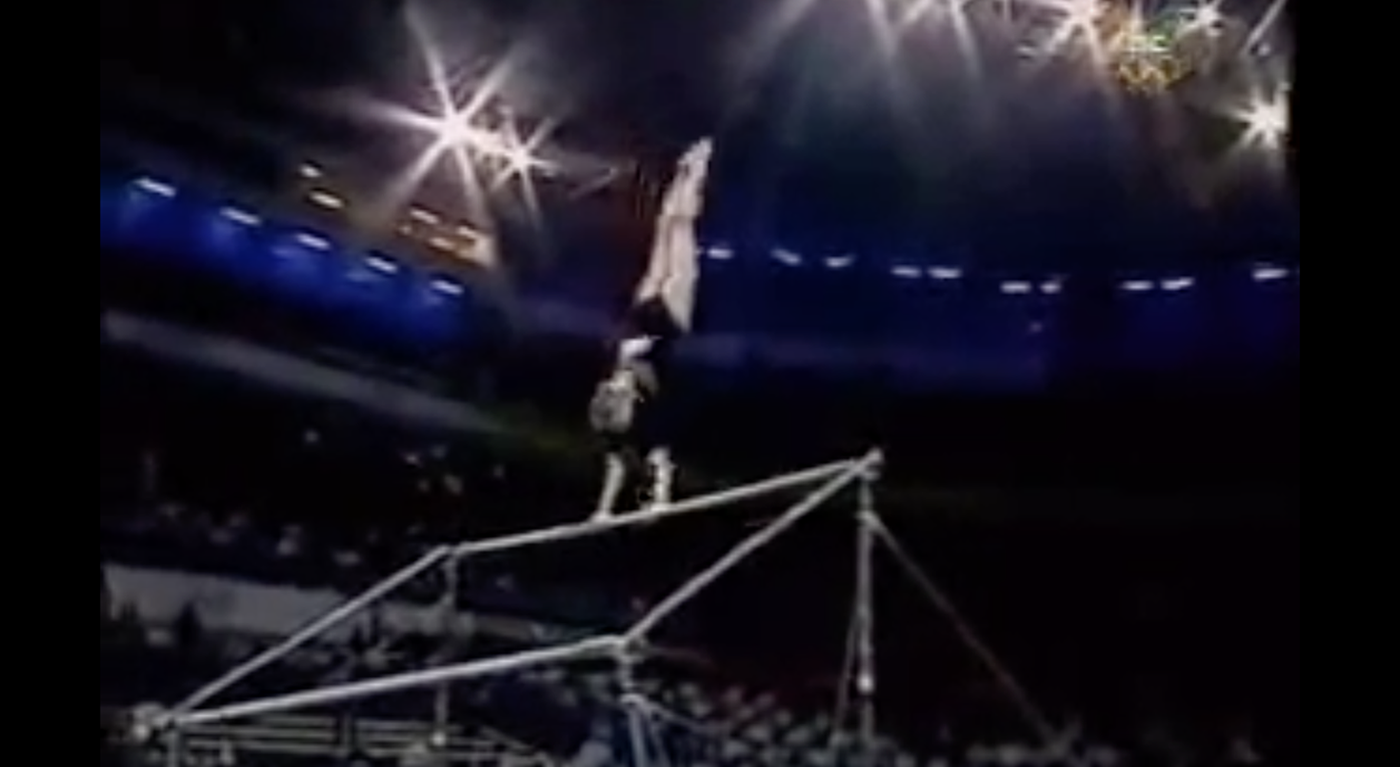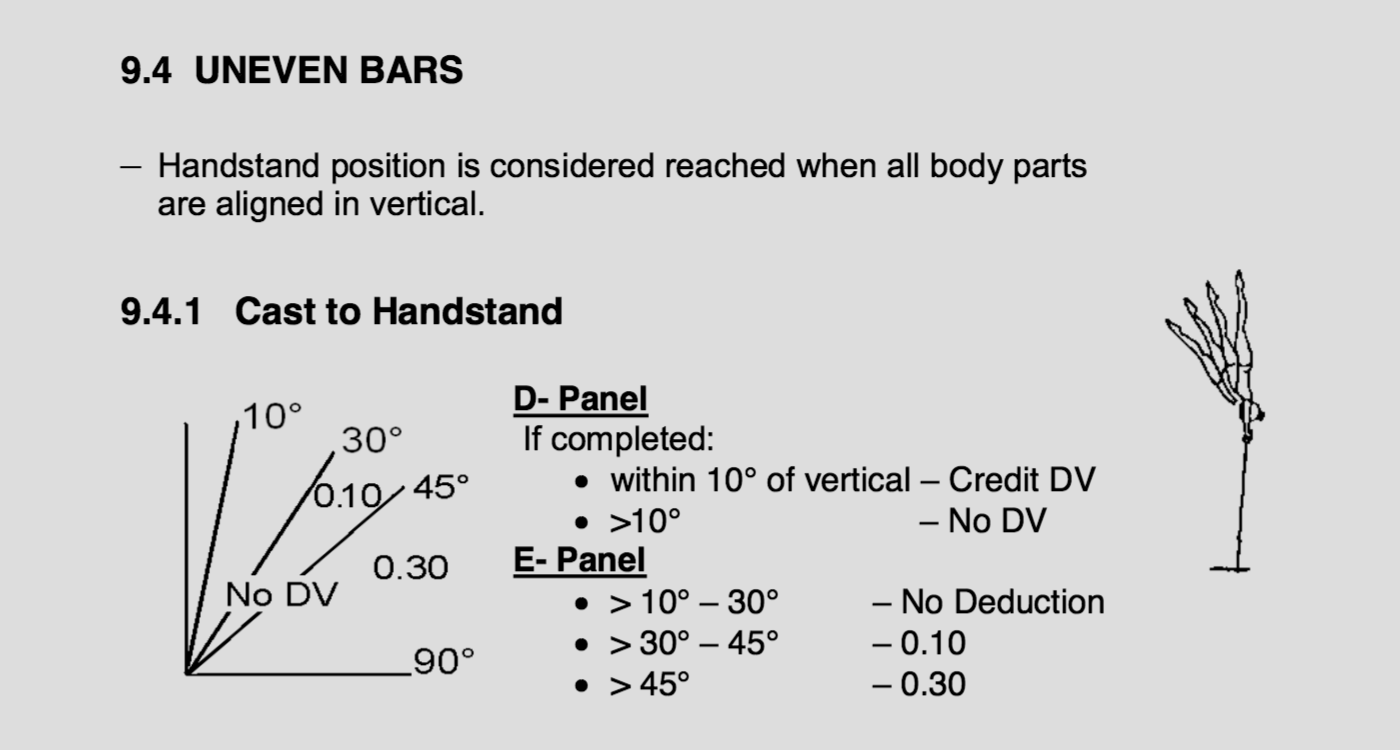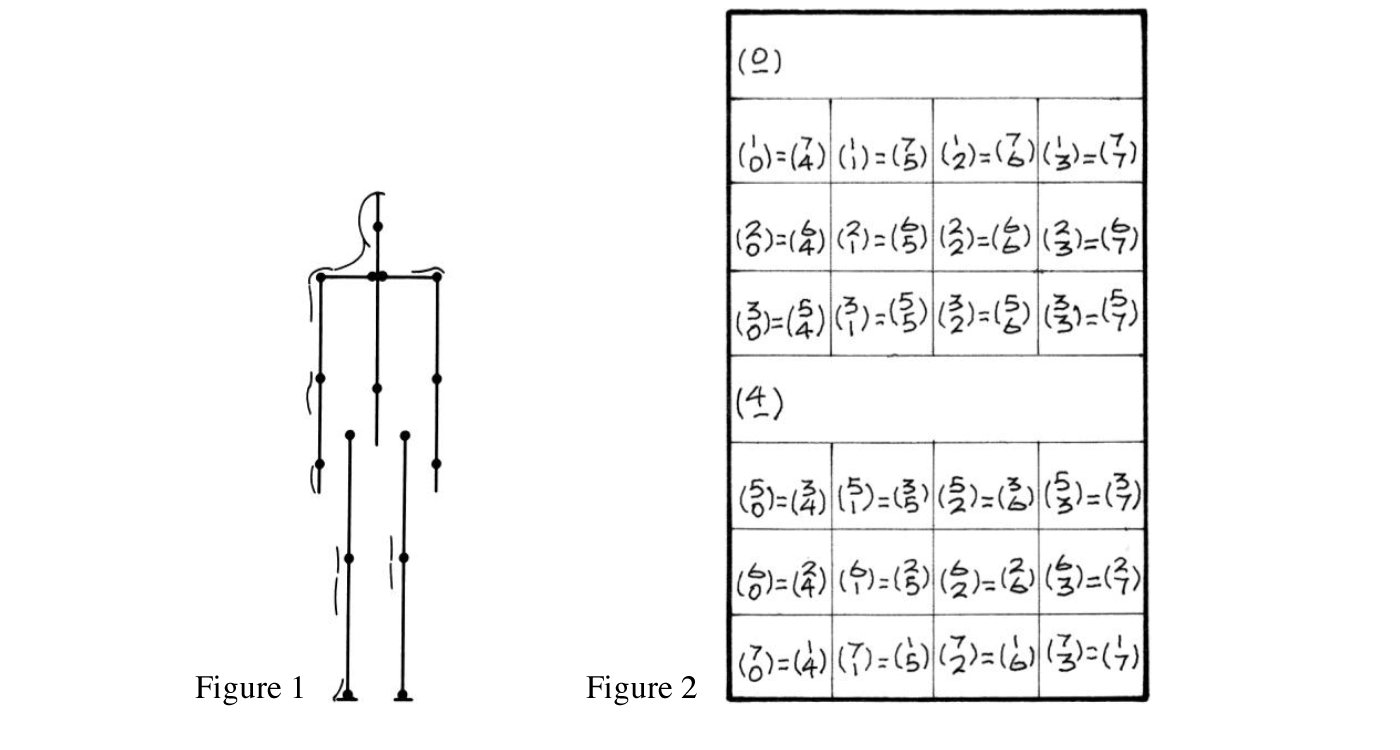 Agenda
Artikelen
Programma
Agenda
Artikelen
Programma

You want to see the most beautiful thing I’ve ever filmed? It was one of those days when it’s a minute away from snowing and there’s this electricity in the air, you can almost hear it,… right. And this bag was just,… dancing, with me. Like a little kid begging me to play with it. For fifteen minutes. And that’s the day I realized there was this entire life behind things, and this incredibly benevolent force, that wanted me to know there was no reason to be afraid. Ever. Video’s a poor excuse, I know. But it helps me remember… I need to remember… Sometimes there’s so much beauty in the world I feel like I can’t take it, and my heart, it’s just going to cave in.
– American Beauty
Why are we mesmerized by objects, materials that catch a glimpse of the structure of the wind? Is it because the wind is only accessible to us in which it makes itself manifest? Because we can’t grasp it? We see trees moving, plastic wraps blown away and we shiver because cold air is transmitted from one place to another. We are bodily present to observe and feel these phenomena.
This article is centred around questions which are concerned with the body in motion. The whole body as a performer and receiver. What does it mean to have a body? How can we register, or understand these movements? What is it to perform? To give form to these questions, this article’s conduct of investigation touches up different disciplines from personal writings about gymnastics, to scientific research (Shaun Gallagher) and artistic practices (Eshkol-Wachman Movement Notation). Combined with current study material, I will discuss and share my interests within the domains of (scientific) research, art and philosophy.
Svetlana Khorkina was a Russian gymnast who won multiple gold medals, at the Olympic Games. When I was a child, the body I watched on television was, in my experience, very tall and slim. Like a stretched human body version of myself. The performative aspect of gymnastics is both physical and mental. The conditions of the body and the mental need to be aligned with each other, at one particular moment in space and time. Yes, I remember when the Russian gymnast Khorkina beat the Chinese gymnasts on the uneven bars in 2000. Characteristically about her performances were her elegant and expansive movements. It is not unusual to develop a new kind of performance in which the gymnast can perform its skills at his or her best.
In the transitional space between the bars, the body is at a fully concentrated position. The position in which it leaves the bar, and the deposited position to recall the stability that leads to the other bar. Deduction of points can be the result of bar exchange without performing an element, adjusted grip position or a brush on the apparatus with feet.(1) Constantly, the body is acting within the framework of the bars and within the framework of the body itself. While the performer indicates her body between the framework, the position is in a constant transmission of appearance. How are we to understand these movements and what does it mean to be aware of these physical interruptions within a sphere? By interruption I mean the transition of one part of the body in position a into position b. Let’s take for example my arm that is positioned along my body. It just hangs there. Then, I lift my arm, turn it away from the position along my body, and put it in another position in space. Therefore, that which was located in the space before, is not the same anymore. What was along my body, is not the same anymore.

Uneven bars and point deduction. Calculation of handstand position.(2)
We can doubt if Svetlana Khorkina was at constant thought of her body while performing. It’s a common feeling that when you are thinking about how to act combined with the pressure to perform, you lose the mental state, ‘zone’, of absorbed focus. What does it mean to ‘physically know’ something? To be conscious about physical movement?
In Shaun Gallagher’s book, “How the body shapes the mind”, we find the author advocating the importance of embodiment in relation to the mind and cognition.(3) In his explorations, he uses the methodology of empirical studies. These are motivated by two sets of questions which are concerned with the structure of conscious experience. The first question concerns the phenomenological aspects of this experience, whilst the second set of questions focuses on aspects of the structure that are more hidden, they are more difficult to get because they happen before we know it.(4) Gallagher uses the term ‘prenoetic’ to designate this description. How do we have an understanding of our body in space? What is the relation between these two concepts (phenomena and prenoetic)? To get a more clear view of the vocabulary and the conceptual framework of understanding the physical and mental mechanisms Gallagher introduces the term proprioception. Proprioception signifies one of the specific areas where the distinction between phenomenal consciousness and physical body gets redefined.(5) That is to say, the proprioception system allows us know where our body is, where our limbs are. What do we mean by ‘consciousness? The Oxford dictionary of Philosophy(6) gives the following description of cognition: cognitive processes are those responsible for knowledge and awareness. They include the process of experience, perception and memory as well as overtly verbal thinking. When I was lifting my arm, I assumed to be consciously aware of where my arm was and how I was moving it through the world. While proprioception can mean a form of conscious awareness, it can also mean non-conscious information. For example, neuroscientists may treat physical proprioception as a movement of the subject without the subject being consciously aware of that information. They hold the view that it is a registration which acts unconscious in the central nervous system of the limb position of the body.
To understand the importance of body and movement, Gallagher gives six examples in his book to illustrate how the body shapes cognition. Here we will demonstrate only two of them.
First, the size and the shape of objects are not only perceived by us in phenomenal but also in pragmatic terms. This means that the distance from the perceiver to object has phenomenological consequences, it changes in appearance to us, while the thing itself, remains invariant.
When I look outside, I observe a tree through the window. I know that the size of the tree itself won’t change when I walk towards the tree. I also know that the tree will not become smaller while I walk away from it. The tree looks smaller, but is not smaller. I think about the distance in which I perceive things.(7)
Another example is that of ‘mirror neurons’ which are placed in the premotor cortex. This recent discovery shows that these neurons are activated by the motor behavior of the subject itself or by the subject’s visual observation of someone else’s motor behaviour(..)(8) This shows that there is a direct and active link between the motor cognition and our sensory system which results in significant implications for the explanation of the understanding of other people.
When we think about the actor performing, we can understand that the bodily movements are in a way rehearsed movements. When I want to open the door, I know by now, that I may have to get up from this chair, walk a few metres, stretch my arm and, besides many other actions, push the heck downwards. I am not constantly thinking about which movements I have to put into action when I want to open a door.(9) I have learned this by experience and by observing others doing it and experiencing it aswell. It seems no different when a gymnast learns to construct the performance, and performs the exercise. While the proprioceptive system allows the gymnast to know where its limbs are, the gymnast also knows its own body through external senses: cross-modal registrations are so called the translation of the subject’s observation of the bodily movements of others. The body registers external movements, in which these registrations are made manifest in the body itself. During training, it is also common to use digital equipment to register the performance, which enables the athlete to (re)watch the performance, outside the framework of his or her body.
In the first chapter Gallagher makes a distinction between the body image and body schema. Gallagher describes the first as the concept that helps us to answer the question about the appearance of the body in the perceptual field(10) and the latter helps us to answer the question about how the body shapes the perceptual field(11). By one we accept that we are able to see the bodies of ourselves and others, or as Gallagher states it, more precisely and quite literally, we can see our own possibilities in the faces of others.(12) By the second concept we accept that bodies do shape our perceptual field.
So far we have seen that our body as a whole enables us to understand, namely that there is an essential relation between movement and cognition. Not only our brains or body, separately, play a role in the structure of consciousness, but both go together at the same time in our explorations. By making a distinction between the terms body image and body schema, Gallagher argues that clarification of these terms will help some ambiguous conceptual problems. How we move our bodies through the world is inherent of the understanding of ourselves and others, and the world in which we make these movements manifest.

Figure 1 The body as a system of articulated axes
Figure 2 Table I, The table, the 26 positions
(scale 1=45 degrees), each expressed in the two
possible ways
EWMN, The System of Reference(13)
A different approach that relates to body and movement is that of artist and theorist Noa Eshkol and architect Avraham Wachman. Together they developed the Eshkol-Wachman Movement-Notation (EWMN), which is a universal system that focusses on the analysis of movement. This objective method was created to express the relations and changes of the parts of the body and to investigate on information that can be derived out of these movements.(14) Parts of the body are described as any limb which either lies between two joints or has a joint and a free extremity. The limbs are imagined as straight lines; in the analysis of movements, we treat the body as a system of articulated axes.(15) Every limb of the body can be seen as such an axis. The reference that is used in EWMN is a sphere. Within this sphere movements of a single axis are free to move about an end within this sphere, and the movement will be enclosed by this sphere. In using symbols and numbers, the EWMN-system shows at first sight almost a mathematical and statistical notation but these notations have their own language that is developed through the analysis of the body.
Notation not only makes it possible to analyse and register every movement, but also to pass on its choreography to different locations and different dancers. Within the performance the actor is asked to analytically perform these movements, which is contrary to other dances, for example, ballet, in which the body is used to express emotion. The bodies within these EWMN-performances show the possibility of movement within the reference spheres, while at the same time the viewer is confronted with the limitations of the existing, living body itself.
____________
The current exhibition ‘I Look at the Moon and Think about My Daughter-in-Law’ is a solo exhibition by Noa Eshkol at Vleeshal, Middelburg. During this show, textile works by Eshkol will be presented along a performative work during the opening, by the dancers of The Noa Eshkol Chamber Group. The opening will take place at the 21th of January (17:00-19:00) and the exhibition is open for visitors during January 22nd until the 19th of March 2017 in Middelburg, and the second part of the show will be open at the 4th of February until the 19th of March, at Kunstverein in Amsterdam.
20.000 miles is an exhibition by nine young artists, who were all born in Zeeland. This group show is presented by CBK Zeeland and will take place in Middelburg, during the 5th of February (opening 15:00) until the 10th of March.
In this exhibition, the artists are responding to questions that are related to the creative process of making. What does it mean to travel in time? What does it mean to travel through an object? Questions like these get reflected in the exhibition together with the relation to social issues associated with this process. Is our identity formed by an inner journey? Or is this caused by social structures? Or are our relationships inherent in who we are?
This meeting is an exhibition in which questions are discussed from the position of the artist and will be shared, while they search for their way.
Participants are Charlotte Besuijen, Jacklyn Cornelisse, Emily van Dijk, Sjarel de Kraker, Rebecca Niculae, Dilara Noerlandi, Jorick de Quaasteniet, Jorieke Rottier and Dennis Verbruggen.
___________
1) Women’s Artistic Gymnastics, Federation Internationale de Gymnastique, 2013-2016 code of points. Retrieved from http://www.fig-gymnastics.com/publicdir/rules/files/wag/WAG%20CoP%202013-2016%20June%202015-E.pdf
2) Ibid.
3) Gallagher, Shaun. How The Body Shapes The Mind. 1st ed. Oxford: Oxford University Press, 2005. Print.
4) Ibid.
5) Ibid.
6) Blackburn, Simon. The Oxford Dictionary Of Philosophy. 1st ed. Oxford: Oxford University Press, 1994. Print.
7) Niculae, Rebecca. Meredith. 2016
8) Gallagher, Shaun. How The Body Shapes The Mind. 1st ed. Oxford: Oxford University Press, 2005. Print.
9) In the second chapter of the book, Gallagher describes the case situation of patient Ian Waterman. At the age of 19 Ian suffered from a gastric flu, which led his body produce antibodies which then attacked his nerves. Due this damage he had no proprioception and tactile sense. Because the of lack of both proprioception and tactile sense Ian had loss a sense of coordination and did not know where it’s limbs were. After intensive training he developed a way to move his body, but his movements still need constant thought, concentration and visual perception.
10) Gallagher, Shaun. How The Body Shapes The Mind. 1st ed. Oxford: Oxford University Press, 2005. Print.
11) Ibid.
12) Ibid.
13) Eshkol, Noa & Harries, John. EW Movement Notation: The System of Reference. Retrieved from http://www.ewmncenter.com/image/users/133376/ftp/my_files/ewmn/The%20System%20of%20Reference.pdf?id=8717402
14) Ibid.
15) Ibid.